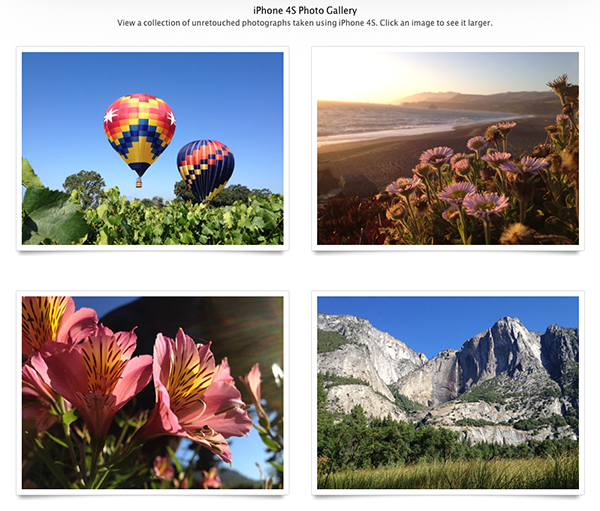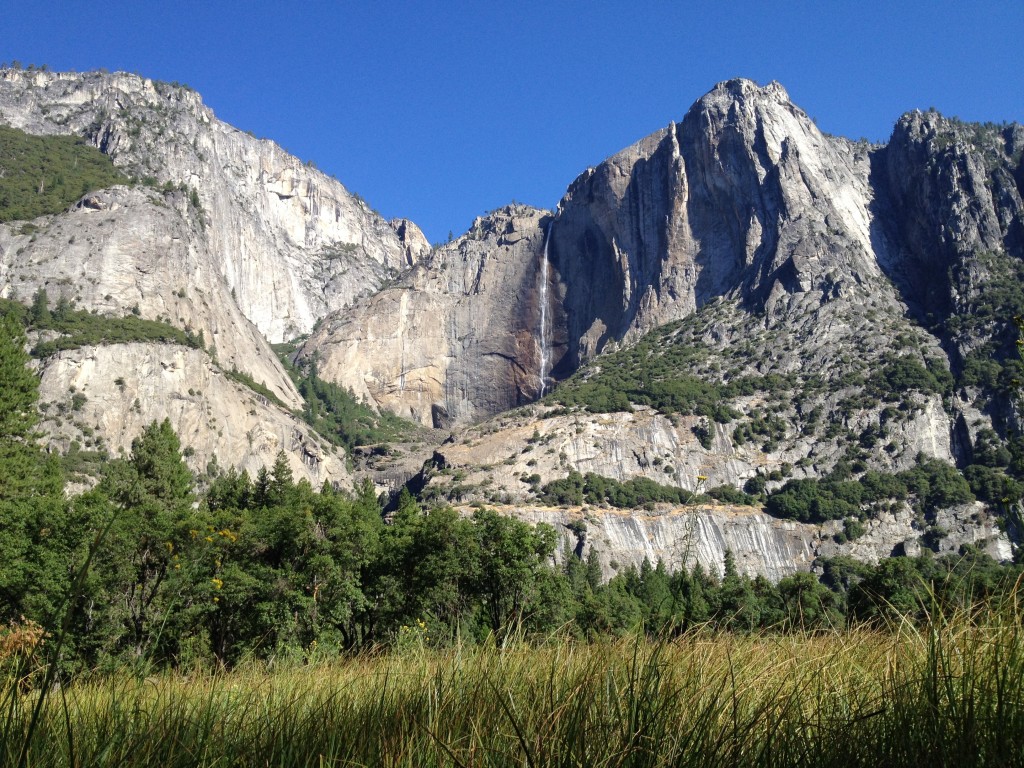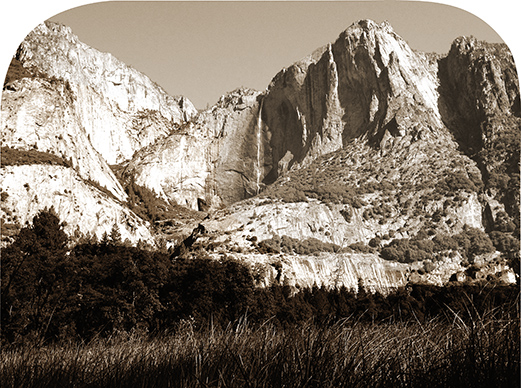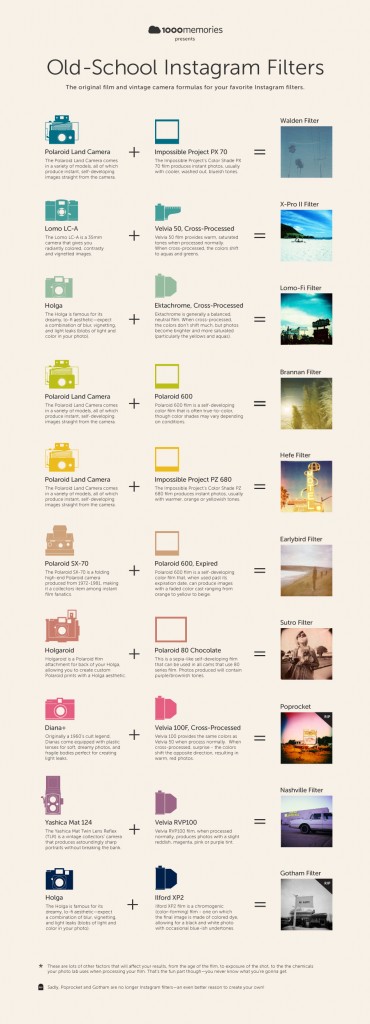Cycles of the new and the old, part 2
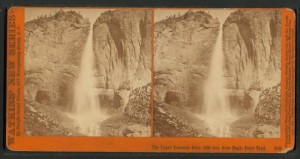
NYPL: Image ID: G89F391_216F
The Upper Yosemite Falls, 1600 feet, from Eagle Point Trail. [Watkins’ New Series, no.3145.] (1879-1890)
The Carleton Watkins stereograph was taken around the time of the founding of the Camera Club in 1884. Watkins’ journey to the falls was arduous. He and his assistants were literally carrying hundreds of pounds of equipment.
I have been thinking a lot about the journey it took to produce a picture and where technology stands today. The iPhone 4S is a game changer. It has me thinking about photography and meaning in our contemporary life. Many current smartphones are shooting images as big as 8 megapixels and above. This gives the public access to pocketable cameras that are now approaching 35 mm film in terms of resolvable detail.
As mentioned in my previous post, the iPhone 4S and the handful of other new phone cameras are shifting photography the same way that the Kodak Brownie did in the past. The Brownie pushed photography from a niche specialty into a popular pastime. Now the iPhone has pushed photography from a popular pastime to something more akin to breathing, eating and memory. What did you do today? Here is a picture on my phone. What did you eat today? Here is another picture. Whenever you attend an event, the scrum of people in front of you are no longer are holding a lighter. Many are holding up their phones.
I bring up the Upper Yosemite image partly because of the fantastic difference in degree of difficulty in attaining an image, but also because Apple’s iPhone page seems to be referencing this historic tradition.
Now take a closer look at the image in the lower right:
This is nearly the identical view of Upper Yosemite that Ansel Adams was shooting, along with Carleton Watkins before him.
I don’t think Apple’s awareness of the history of photography is any accident. Like it or not, these devices are the new normal camera for amateurs and professionals alike. With these new devices come a host of new features and new questions for the medium.
Not only are phones and cameras fixed together, but they are attached to a GPS. As long as the device attaches location data, a permeant record of the photographer’s location will be left for historians and writers to think about when discussing that image. Apple was kind enough to share this data with the image above so we know that the photographer for their Upper Yosemite photo was at:
I imagine this spot isn’t too far from where Watkins stood to make this image below.
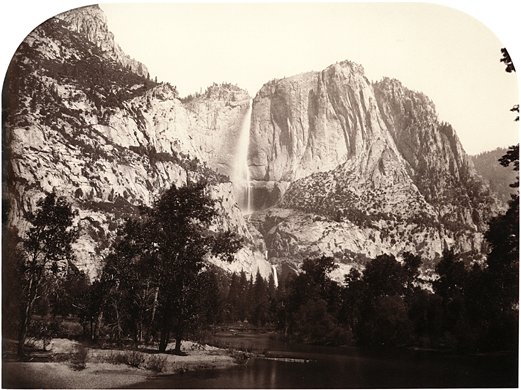
Carleton Watkins, Yosemite Falls (River View), 1861 Albumen print from wet-collodion negative Private Collection, Montecito, California
I was curious how much the iPhone image could resemble this Watkins. So, I opened up Apple’s iPhone Jpeg in Photoshop and in a few minutes I made the Apple image into this.
Not exactly there, but close enough for this example–the iPhone is not simply a contemporary Kodak Brownie with bells and whistles, but a machine that continually manufactures photographic simulacra. As anyone who had used any number of iPhone apps such as instagram or Hipstamatic, one of the adictivly fun features of this new technology is the ability to instantly transform any picture into a simulacrum of a process of the past. Think that picture looks good in black and white–similar to Illford XP2? Maybe you’re unfamiliar with an Illford XP2. Who cares? It looks great, right?
Take a look at this 1000 memories Real world instagram guide below and their post:
With or without a guide like this (which most users will never see) what does it mean to use a filter on your images? And, for that matter, what does it mean to be producing images in traditional processes (when the simulation is now what many think of as the original)? In this era of people mistaking theme parks for real life, we are being removed from the original. There will have to be new ways of explaining this to the future generations to make sure we don’t also remove originality as well.

